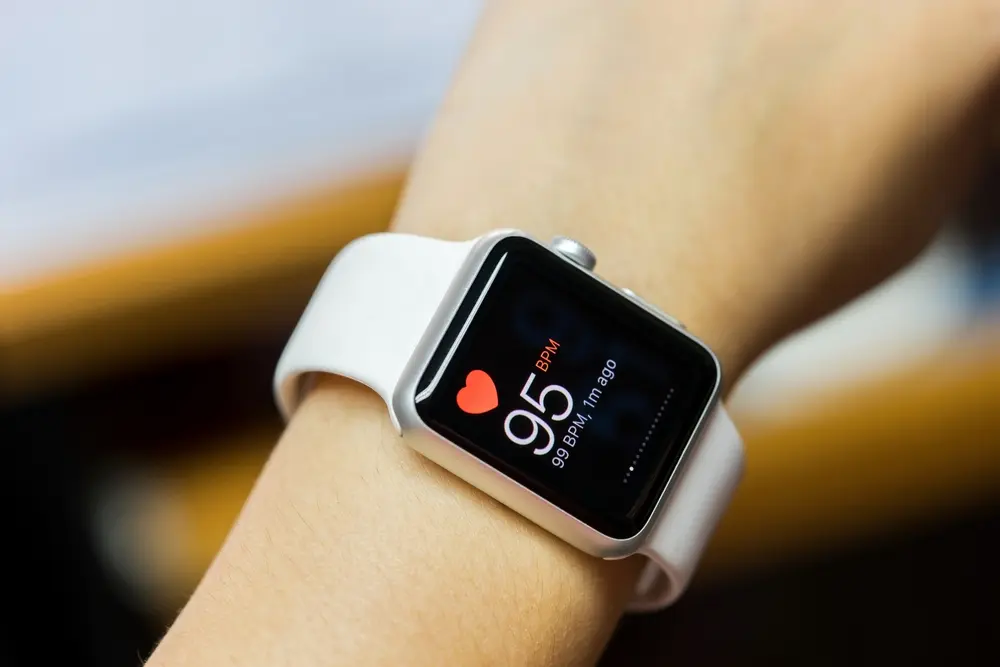
Atrial fibrillation (AFib) is a common heart condition that increases the risk of stroke. It accounts for about half a million hospitalizations a year in the US and leads to more and more deaths with each passing year.
Many people with AFib do not experience symptoms, which makes early detection and treatment essential. Without proper management, AFib can lead to serious complications, including ischemic stroke and heart failure.
A healthy heartbeat pushes blood through the heart’s chambers in a steady, organized pattern. In AFib, the upper chambers of the heart beat irregularly. This disrupts normal blood flow and creates areas of slow-moving blood. According to experts, these sluggish areas allow blood clots to form more easily. When a clot travels out of the heart and into the brain, it can block an artery and cause an ischemic stroke. According to the NIH, 15 to 20% of all ischemic strokes are caused by AFib.AFib-related strokes tend to be more severe than other strokes, partly because clots can form in hard-to-detect areas of the heart (like the left atrial appendage) and then break off. Studies also indicate that people with AFib may be up to five times more likely to experience a stroke than to those with normal heart rhythms.

AFib has no cure. But it can be treated. Treatments can help manage symptoms and reduce the risk of complications.
Your doctor may recommend blood thinners (anticoagulants) to lower your risk of stroke. Anticoagulants make it harder for blood clots to form, reducing the chance of a blockage in your brain.
Not everyone with AFib needs a blood thinner, but if your risk of stroke is high, these medications help prevent dangerous complications. Your doctor will help you decide if they’re right for you.
You also want to keep your heart rhythm as stable as possible to improve blood flow and lower your risk of stroke.
If medications don’t work well enough, your doctor may suggest a procedure:
High blood pressure makes it easier for blood clots to block your arteries. So, you should keep it within a healthy range to protect your heart and lower your stroke risk.
Other conditions can also increase your risk:
Managing these conditions through regular check-ups and treatment helps keep your heart and blood vessels healthy.
A healthy lifestyle strengthens the heart and supports long-term stroke prevention. Daily choices play a major role in lowering stroke risk:
A stroke is a medical emergency. Call your doctor if you or someone around you experiences:
Advancements in technology now make it easier to monitor and treat AFib before it causes major problems. With the right plan, you can manage your heart rhythm, reduce symptoms, and protect your quality of life. The sooner you take action, the more options you have.

Let’s have a look at the new ways to monitor and treat AFib:
Researchers are also testing a new non-heated method called pulse field ablation, which uses electrical energy instead of heat. This approach protects healthy tissue and may lead to faster, safer treatments for AFib.
If your doctor has advised against oral anticoagulants due to health concerns, you may qualify for a clinical trial that offers alternative stroke prevention options. Science 37 is currently conducting a clinical trial for people with AFib who cannot take blood thinners.
The purpose of the study is to test the safety and effectiveness of an investigational drug for preventing stroke and systemic embolism. If you qualify, you will receive expert medical care and access to a potential new treatment that may improve long-term outcomes for patients with AFib.
A systematic review of AFib treatments shows that the best approach combines medication, procedures, and lifestyle changes to reduce stroke risk. New advancements may offer more options for people who cannot take standard treatments. If you want to learn more about clinical trials and whether you qualify, ask your doctor about available studies. These trials help improve future treatments and may offer a better alternative for your condition.


